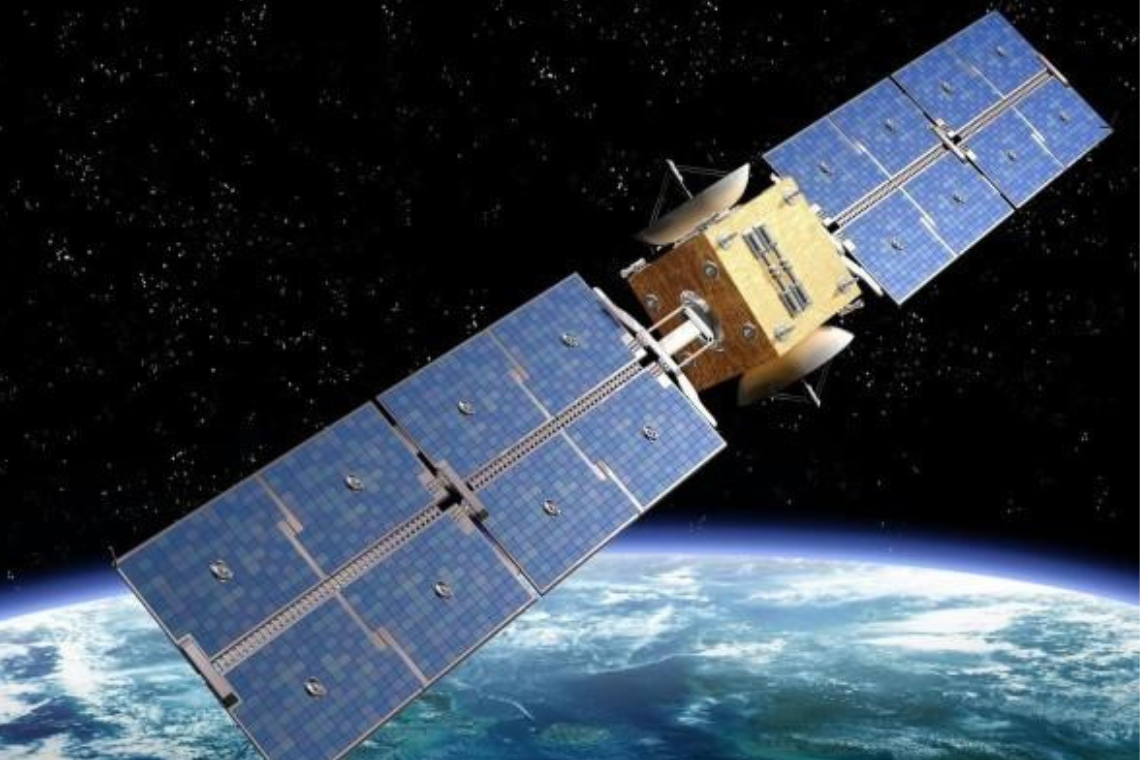Indian satellite navigation system NavIC successfully launches satellite NVS-01
On Monday, India successfully launched the first satellite of its second-generation navigation system, NVS-01, into orbit. The satellite, weighing 2,232 kg, is part of the Indian Regional Navigation Satellite System (IRNSS), also known as NavIC, which is India’s equivalent of GPS (Global Positioning System).
The Geosynchronous Satellite Launch Vehicle (GSLV) carried the NVS-01 satellite into space. The GSLV rocket, standing 51.7 meters tall and weighing 420 tons, lifted off from the second launch pad. After breaking free from Earth’s gravitational pull, the rocket-propelled the satellite into the Geosynchronous Transfer Orbit (GTO).
The NavIC system currently consists of nine satellites, with seven in orbit and two serving as substitutes. The NVS series of satellites will enhance and support the NavIC system with improved features. NVS-01 has a mission life of 12 years and is equipped with two solar arrays capable of generating up to 2.4 kW of power, supplemented by a lithium-ion battery during eclipses.
The NVS series operates on L1, L5, and S bands, providing services in the L1 navigation band for civilian users’ Position, Navigation, and Timing (PNT) requirements. The NavIC satellites had previously utilized imported atomic clocks, with each satellite carrying three clocks. However, there have been issues with the atomic clocks, including failures in the IRNSS-1A satellite.
Currently, eight first-generation NavIC satellites are operational, with four dedicated to its GPS services and the other four for messaging services. India has launched a total of nine first-generation NavIC satellites, including two standby satellites.

The senior official from the Indian Space Research Organisation (ISRO) stated that five more NVS satellites of this version are planned, with two more needed in 2 to 3 years to replace aging satellites. The cost of these five satellites is expected to be less than Rs 1,000 crore.
NVS-01, like other NavIC satellites, carries two types of payloads: a navigation payload and a ranging payload. The navigation payload transmits navigation signals in L1, L5, and S bands, while the ranging payload consists of a transponder for precise orbit determination.
NavIC is designed to serve various civil and strategic applications, providing accurate positional data and secured signals in addition to the L1 band. The currently operational NavIC satellites include IRNSS-1A, IRNSS-1B, IRNSS-1C, IRNSS-1D, IRNSS-1E, IRNSS-1F, IRNSS-1G, and IRNSS-1I.


